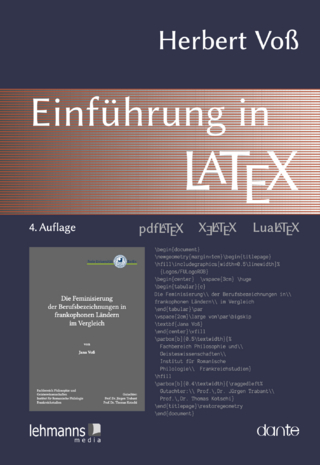
Palatino
The Natural History of a Typeface
Seiten
2016
David R. Godine Publisher Inc (Verlag)
978-1-56792-572-2 (ISBN)
David R. Godine Publisher Inc (Verlag)
978-1-56792-572-2 (ISBN)
- Titel z.Zt. nicht lieferbar
- Versandkostenfrei innerhalb Deutschlands
- Auch auf Rechnung
- Verfügbarkeit in der Filiale vor Ort prüfen
- Artikel merken
The biography of one of world’s most popular typefaces. “Whether one likes Palatino or not, Mr. Bringhurst’s book is an instant classic.”—The Wall Street Journal
Hermann Zapf was one of the great practitioners of the graphic arts and Palatino is probably the most widely known and used of all Zapf faces. Author Robert Bringhurst traces Palatino’s development, with all its infinite permutations, and often invisible refinements through a long and fascinating history of variations and permutations, imitations and conflations—from hot metal, through the brief interlude of film setting and finally into the digital world.
It is all here, in encompassing detail: a fully illustrated account of Palatino and its extended family: foundry and Linotype, Michelangelo, Sistina, Aldus, Heraklit, Phidias, Zapf Renaissance, PostScript Palatino, Palatino and Aldus Nova, and Palatino Sans. Included with the text are over 200 illustrations of design sketches, working drawings, smoke proofs and test prints, matrices, foundry and Linotype patterns.
But beyond that, the book is an argument that artists who create letters can, and should, be judged by the same standards and held in the same esteem as composers who write music and artists who paint on canvas. Bringhurst asks the question, “Can a penstroke or a letterform be so beautiful it will stop you in your tracks and maybe break your heart?” In this groundbreaking and totally original book, he answers the question: “It can.”
Hermann Zapf was one of the great practitioners of the graphic arts and Palatino is probably the most widely known and used of all Zapf faces. Author Robert Bringhurst traces Palatino’s development, with all its infinite permutations, and often invisible refinements through a long and fascinating history of variations and permutations, imitations and conflations—from hot metal, through the brief interlude of film setting and finally into the digital world.
It is all here, in encompassing detail: a fully illustrated account of Palatino and its extended family: foundry and Linotype, Michelangelo, Sistina, Aldus, Heraklit, Phidias, Zapf Renaissance, PostScript Palatino, Palatino and Aldus Nova, and Palatino Sans. Included with the text are over 200 illustrations of design sketches, working drawings, smoke proofs and test prints, matrices, foundry and Linotype patterns.
But beyond that, the book is an argument that artists who create letters can, and should, be judged by the same standards and held in the same esteem as composers who write music and artists who paint on canvas. Bringhurst asks the question, “Can a penstroke or a letterform be so beautiful it will stop you in your tracks and maybe break your heart?” In this groundbreaking and totally original book, he answers the question: “It can.”
Robert Bringhurst is a renowned Canadian author, poet, and typographer. He is the author of the bestselling book on typography, The Elements of Typographic Style, as well as numerous works of prose and poetry. He is also an accomplished translator and linguist and has translated works from Haida, Navajo, classical Greek, and Arabic.
| Erscheinungsdatum | 13.10.2016 |
|---|---|
| Zusatzinfo | Illustrations |
| Verlagsort | Lincoln |
| Sprache | englisch |
| Maße | 149 x 233 mm |
| Themenwelt | Kunst / Musik / Theater ► Design / Innenarchitektur / Mode |
| Informatik ► Grafik / Design ► Desktop Publishing / Typographie | |
| ISBN-10 | 1-56792-572-3 / 1567925723 |
| ISBN-13 | 978-1-56792-572-2 / 9781567925722 |
| Zustand | Neuware |
| Haben Sie eine Frage zum Produkt? |
Mehr entdecken
aus dem Bereich
aus dem Bereich


